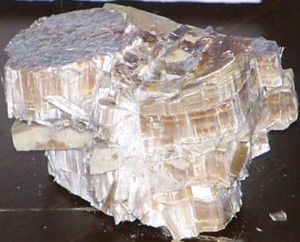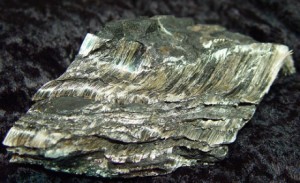What is Asbestos?
Asbestos material is the fibrous form of mineral silicates belonging to the serpentine and amphibole groups of rock-forming minerals. The most significant types include chrysotile (white), amosite (brown) and crocidolite (blue) asbestos. Asbestos is a naturally forming mineral mined from the earth – Australia used to mine this material at Wittenoom in WA from 1918 to 1966.
Asbestos is the binding material used in many products. The material was so effective as a binding material that it was used in over 3,000 products in and around the home, workplace and even to a small degree in transport.
In the past, the dangers of asbestos were completely unknown or ignored, and exposure was high in a lot of industries and jobs, particularly those working in and around the asbestos mine and manufacture. Tradesmen and renovators working with and around the material can easily be exposed by not taking the necessary safety precautions.
There is no safe degree of exposure to asbestos. For this reason, it is vital that each homeowner and each commercial entity undertaking a construction project have asbestos identified so that safe handling procedures can be followed if asbestos is present.
For home owners it is critical for the safety of those living in and visiting the home to know what is in your home and if there is any asbestos, where it is and what to do regarding it. For further information on asbestos, the internet has an almost inexhaustible amount of information.
Chrysotile

Amosite

Crocidolite

Find Us
AHI
PO Box 291
Coorparoo
QLD 4151
Testimonials
Easy Process
Thanks again for making this an easy process for us throughout, from the initial inspection right up until today. You and Anthony were a pleasure to deal with.”- Glenn Weller
Amazing service
We recently purchased a unit to do up and wanted to get the ceiling replaced. Because of the age of the unit there was a possibility of the ceiling having asbestos in it. I was put onto AHI and from the minute I called up, the service was second to none. I was informed over the phone with what to do and was sent an email within 5 minutes. I sent off my sample and within 24 hours had my results back. I was phoned first with the outcome and 5 minutes later was emailed the certificate. Thank you so much for the excellent service Suellen - AHI are very lucky to have you :-)”- Julie Morris
Thank you
“Thank you very much for your assistance. Pleasure doing business with you, also Anthony was very helpful! Cheers Dougal”- Dougal
